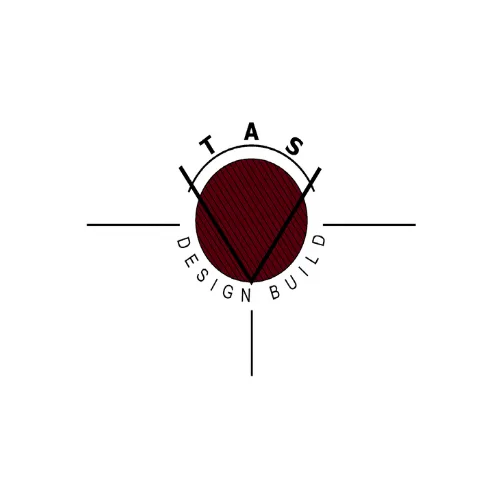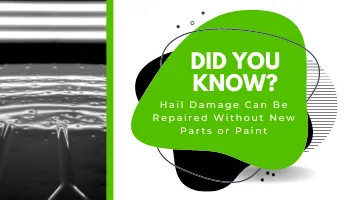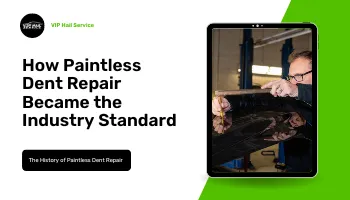A Guide for Architectural Design
Adaptive Reuse Design: Transforming Existing Structures for Innovative New Purposes
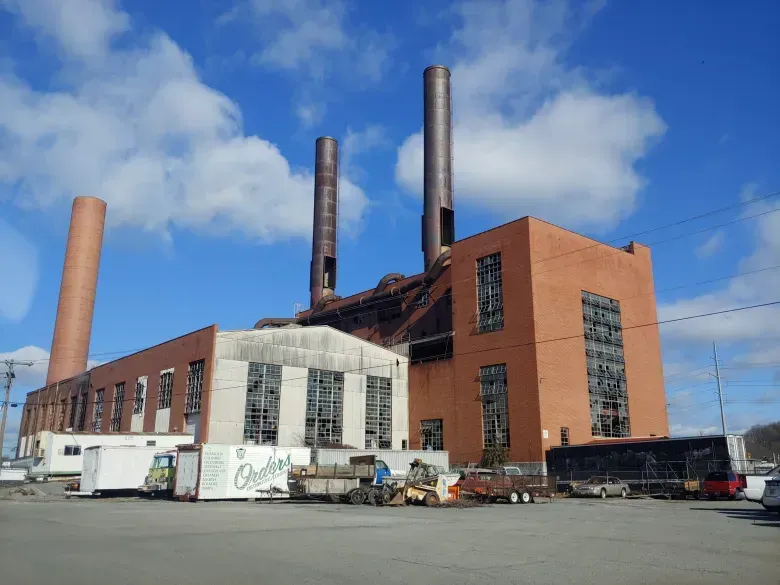
Adaptive reuse means taking an existing building and giving it a new purpose. In Roanoke VA and Southwest Virginia, this includes turning old schools, hotels, or religious buildings into homes, apartments, or mixed‑use spaces. It’s cost‑effective, eco‑friendly, and full of local character.
What Is Adaptive Reuse?
Adaptive reuse is when we repurpose an old building instead of tearing it down. This way, we save on waste and keep history alive. You might see a warehouse become a coworking loft or an old train station turned into a venue.
Why It Matters in Southwest Virginia
• Saves energy and resources by reusing materials and structure.
• Honors local history and charm, like grand old buildings on downtown streets.
• Keeps neighborhoods lively, especially in places like Roanoke, Blacksburg, and Lynchburg.
What Are Some Notable Example Projects in Roanoke, VA?
Here's a look at some real projects right in our area:
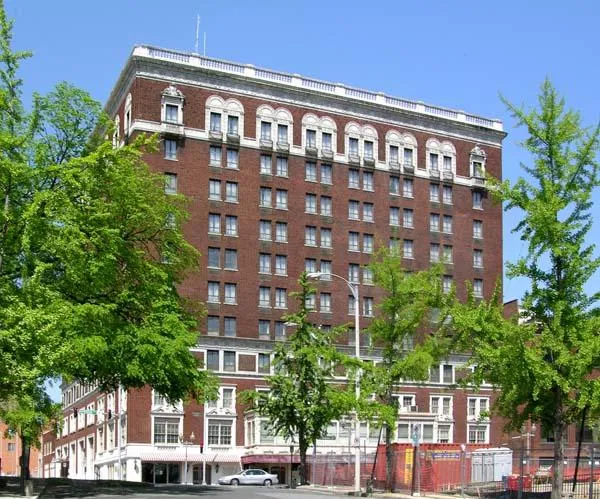
Patrick Henry Hotel → Student Housing & Condo Space
The old hotel was transformed into apartments for students and retail/office space around 2011
Virginian Railway Passenger Station → Event Venue
Built in Roanoke, this historic station was cleaned up, stabilized, and turned into a beautiful event venue by 2016

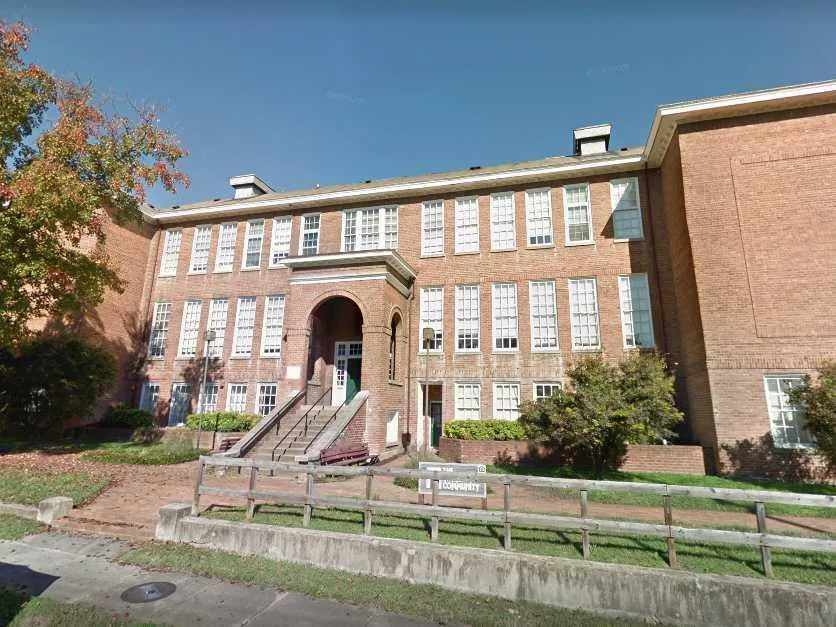
Harrison School → Arts Center & Apartments
A former school building turned into a downtown arts and culture center, with part of it becoming low‑income housing
Salvation Army Citadel → Apartments & Retail
The old 1941 Citadel, once a shelter, is now repurposed as apartments and some retail in Roanoke
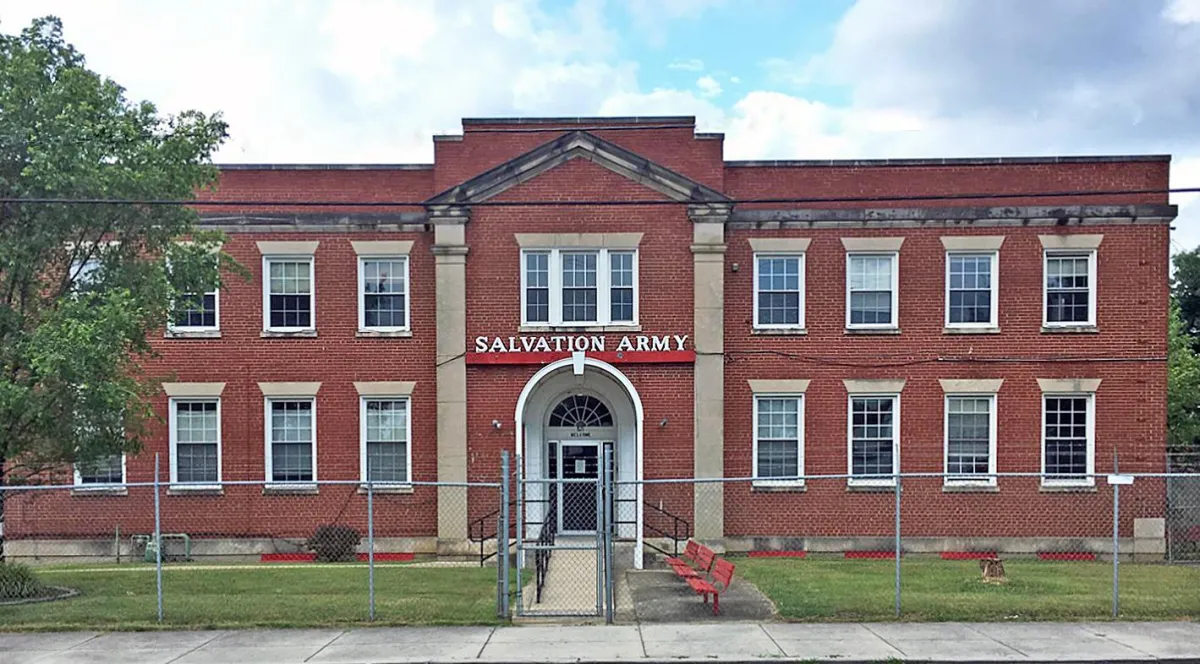
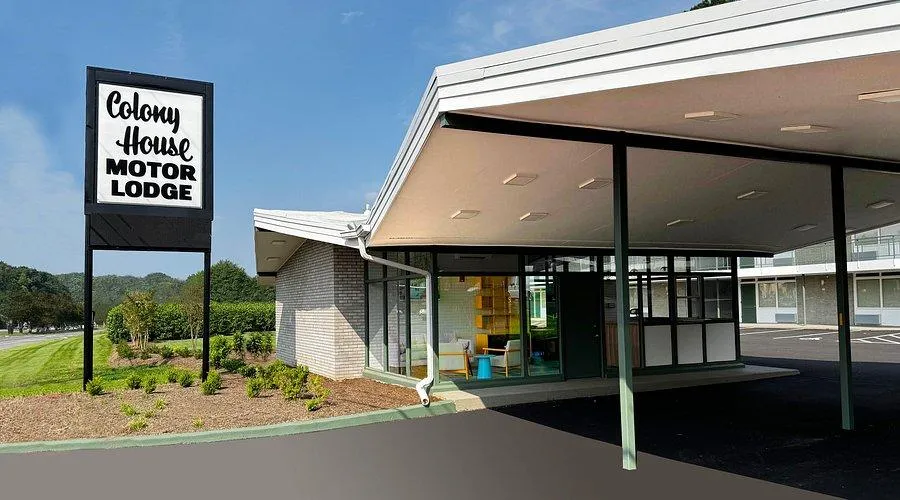
Colony House Motor Lodge → Boutique Hotel
The 1959 Googie‑style motel is being updated into a stylish boutique hotel while keeping its look
Hampton Inn at Downtown Roanoke
A former parking garage was turned into the Hampton Inn, offering more places for visitors downtown


The Bridges Development
A mix of new and old buildings turned into live/work/play space, especially for younger people looking to stay near outdoor life in Roanoke
How to Make Adaptive Reuse Work: A Simple Guide (Perfect for Homeowners & Business Owners)
1. Start with the Right Building
Pick a structure that’s safe, has good bones, and may be underused. Consider its history, size, and location for the best new purpose.
2. Know Your Local Rules
Check zoning, fire codes, building permits, or preservation rules in Roanoke and Southwest Virginia.
Ask about tax credits or funding for preserving historic buildings.
3. Work with the Old Parts
Keep original brick, wood, or other features—these give character and cut cost. Match old and new materials in color and texture for a smooth look.
4. Make It Greener
Use energy‑saving systems, new windows, or renewable tech when possible. Doing so can repay your investment faster and lower environmental impact.
5. Think Bigger than the Building
Adaptive reuse doesn’t just help the building—it can boost the whole community. Roanoke has seen benefits in added housing, tourism, and neighborhood life.
6. Tread Carefully with the Old Character
Avoid gutting the building behind just a restored facade—that feels fake. Let the old architecture blend with the new thoughtfully
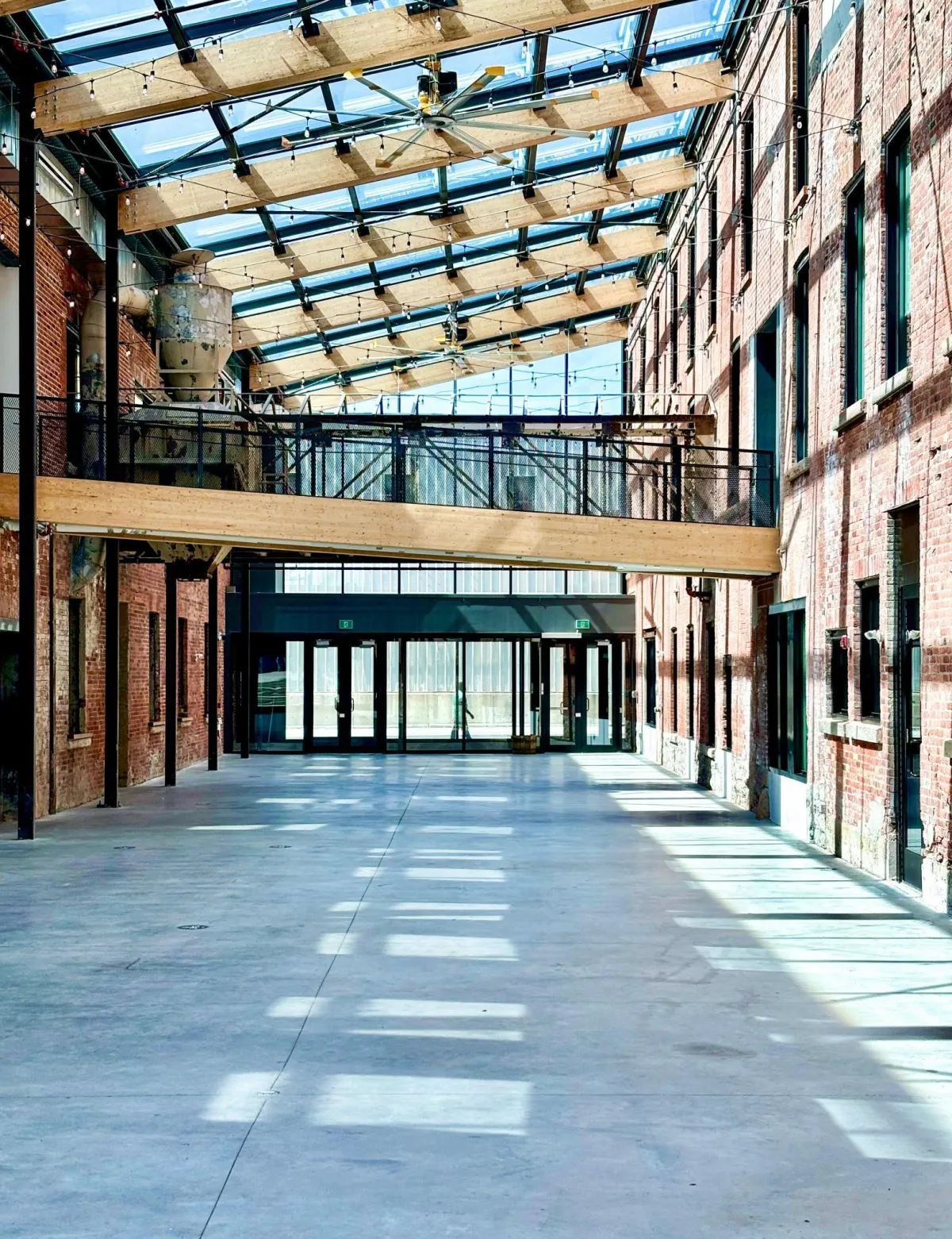
Why Adaptive Reuse Fits Southwest Virginia So Well
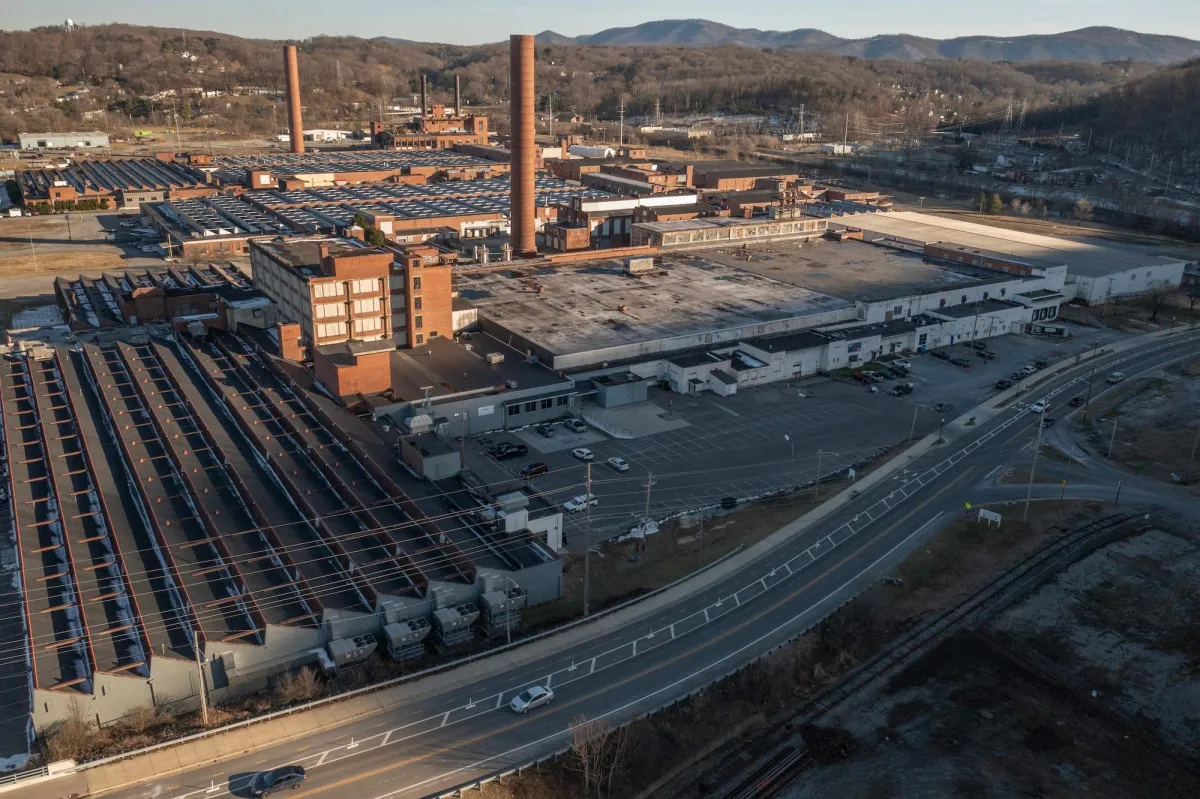
Rich Historic Layer: We’ve got old mills, schools, hotels, and factories begging for a new purpose.
Valuing How We Live: Roanoke and Salem are places that appreciate community and history, not glass towers.
Growing in Smarter Ways: Reuse brings new homes, jobs, and art spaces without starting from scratch.
Heritage Meets Modern Living: We keep the story of our buildings alive while making them useful again.
FAQ About Adaptive Reuse in Roanoke
Q1: How much can adaptive reuse cost compared to building new?
Often less—because you don’t start from zero, you can save on materials, labor, and waste. Timeline is often faster too, which saves money.
Q2: Can I get tax credits or funding for reuse projects in Roanoke, VA?
Yes! There are federal and state historic preservation credits. Local programs or zoning adjustments sometimes help too, especially for housing conversions.
Q3: What are the biggest challenges in reuse projects?
Making old buildings meet current codes (like fire or accessibility) without losing their character takes care and good design. It requires thoughtful solutions, not brute force.
Q4: How can adaptive reuse help our community?
It brings back life to old buildings, offers new housing or offices, keeps our local identity, and fights waste. Plus it's a great eco-friendly strategy
More Articles From TAS Design



Contact Us
Office Hours
Social Media
Mon- Fri 8 am - 5 pm
Sat, Sun- Closed except by appointment



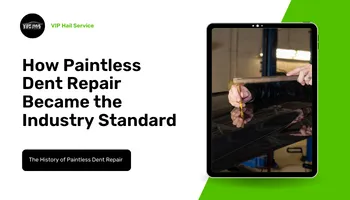

Contact Us
1 540-302-2593
2507 Bluff Road
Roanoke VA 24014
Office Hours
Mon- Fri 8 am - 5 pm
Sat, Sun- Closed except by appointment
